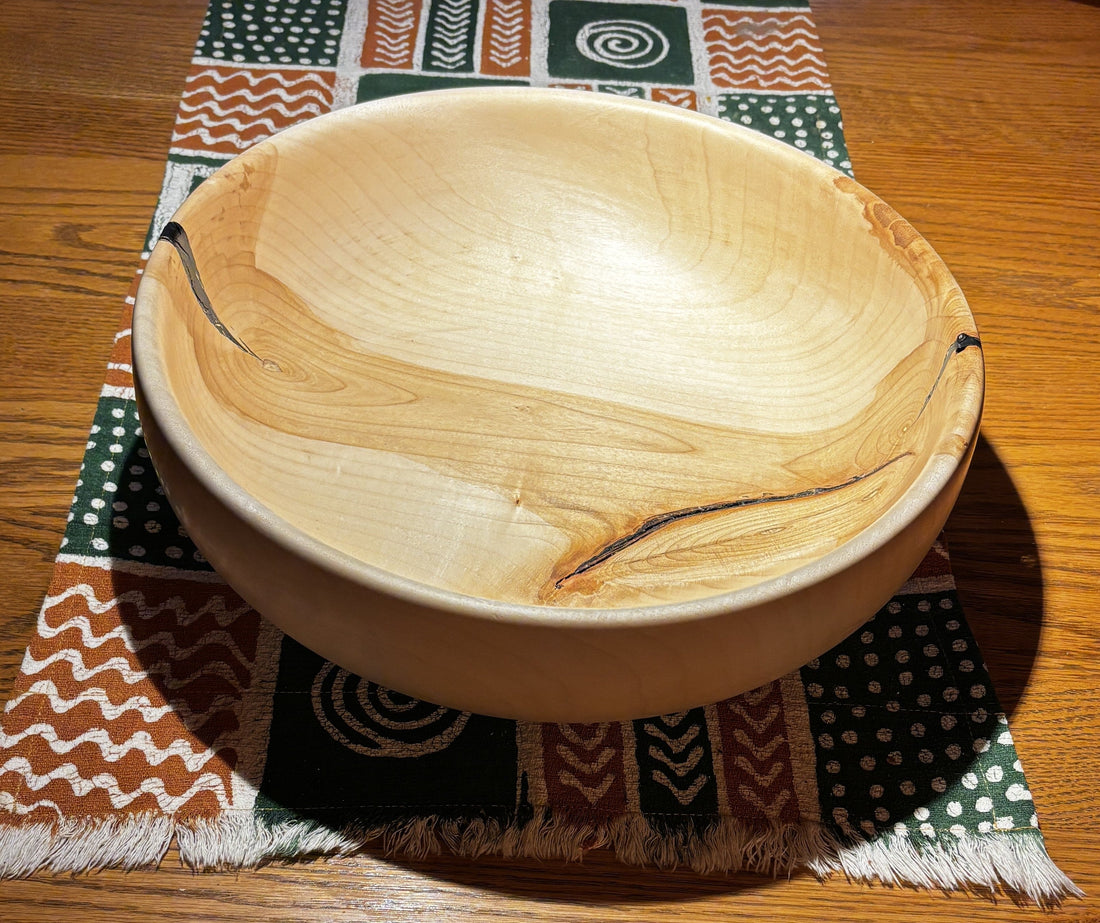
The Origins of the Calabash Bowl Style
The Origins of the Calabash bowl style
The calabash bowl, a traditional and culturally significant item, has a rich history that spans across various regions and cultures. The calabash itself is a type of gourd, scientifically known as Lagenaria siceraria, which has been cultivated for thousands of years. Its hard shell makes it ideal for creating durable containers, including bowls.
Origins and Early Use
The use of calabash bowls dates back to ancient times, with evidence of their use found in Africa, Asia, and the Americas. In Africa, the calabash has been an integral part of daily life for centuries. It was used not only for making bowls but also for creating musical instruments, utensils, and even storage containers. The versatility of the calabash made it a valuable resource in many African communities.
Cultural Significance
In many African cultures, the calabash bowl holds significant cultural and symbolic value. It is often used in traditional ceremonies and rituals. For example, in Yoruba culture, calabash bowls are used in various religious practices and are believed to hold spiritual power. The bowls are also intricately decorated with carvings and paintings, reflecting the artistic heritage of the community.
Spread to Other Regions
The calabash bowl style spread to other parts of the world through trade and migration. In the Caribbean and Latin America, the calabash became a common household item, used for both practical and decorative purposes. Indigenous peoples in these regions also adopted the use of calabash bowls, incorporating their own unique designs and techniques.
Modern Use and Revival

Today, the calabash bowl continues to be used in many parts of the world. There has been a revival of interest in traditional crafts, and the calabash bowl is often seen as a symbol of cultural heritage and sustainability. Artisans create modern versions of calabash bowls, blending traditional techniques with contemporary designs.
In summary, the calabash bowl style has a long and varied history, deeply rooted in the cultures that have utilized it. Its enduring appeal lies in its practicality, cultural significance, and the beauty of its craftsmanship.
